A bit of Ducati round case history is required to understand what these machines are about and how special they are in motorcycling history. The round case motor was developed from the very successful 250, 350 and 450 single cylinder bevel drive Ducatis from the 1960s. The designer, Fabio Taglioni, literally canted the single cylinder of the 450 motor backwards and added a front cylinder on a Friday afternoon and they started building the prototype on Monday. These engines were very small, and this allowed the 750cc round case motor to create a motorcycle which is not much bigger than a 450 but with a 750cc motor. These motors run backwards, and the centre of the crankshaft was designed to be as close as possible to being in between the front and rear wheel spindles and at the same height. The result was a motorcycle range which was incredibly fast, small, had great brakes and handled like nothing on earth.
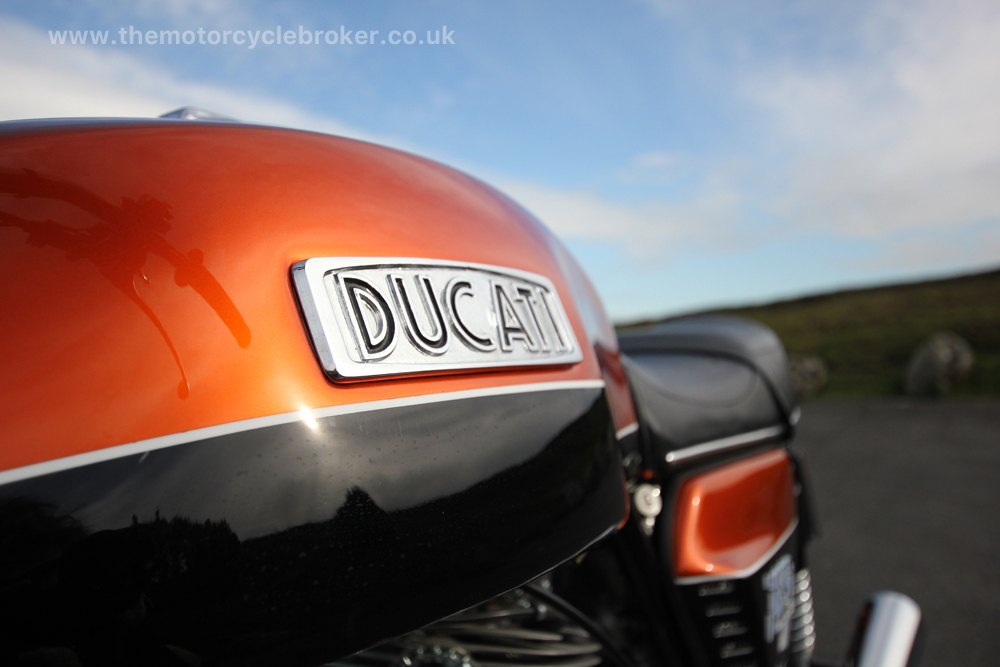
The round case motorcycle range
The round case motorcycle range consisted of three motorcycles. In 1971 the first of the GT750 motorcycles appeared, many with sand cast cases. In 1972 the 750 Sport appeared in the form of the Z Stripe and the Green Frame racers won and came second at Imola in legendary style. Paul Smart won the race having overtaken Bruno Spaggiari on the final corner after Spaggiari’s bike developed air bubbles in the fuel. From those Imola racers came the iconic and extremely expensive Green Frame. The entire round case range of bikes was three very specific models. There was the GT750, the 750 Sport and the 1974 750SS known as the Green Frame. Using the same engine, frame and forks Ducati made their first range of large capacity motorcycles which left an indelible stamp in the history of motorcycles.
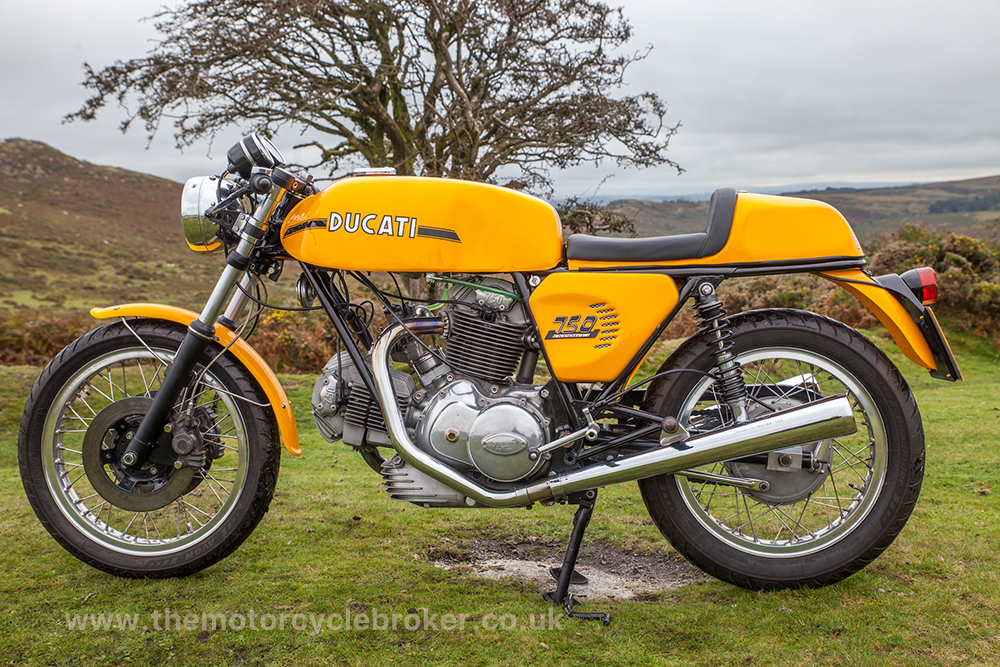
Ducati GT750
The Ducati GT750 was a very capable road going sit up, comfortable and agile motorcycle with conventional valve springs. This is certainly one of the best twin cylinder road going, non-sports motorcycles of its era. It has a really comfortable riding position and you can read my road test here if you want to know more about this great motorcycle. Between 1971 and 1978 they sold 5,284 of the GTs worldwide, which is about the same number as Vincent V twin 1000cc machines. Most GT750s were made between 1971 and 1974 when production of the round case ceased to make way for the square case. In 1978, for some reason, Ducati made 40 GT750s and none between 1974 and 1977. Early sandcast machines are starting to really fetch very big money and are very difficult to find. Finding an investment grade GT750 is extremely challenging.
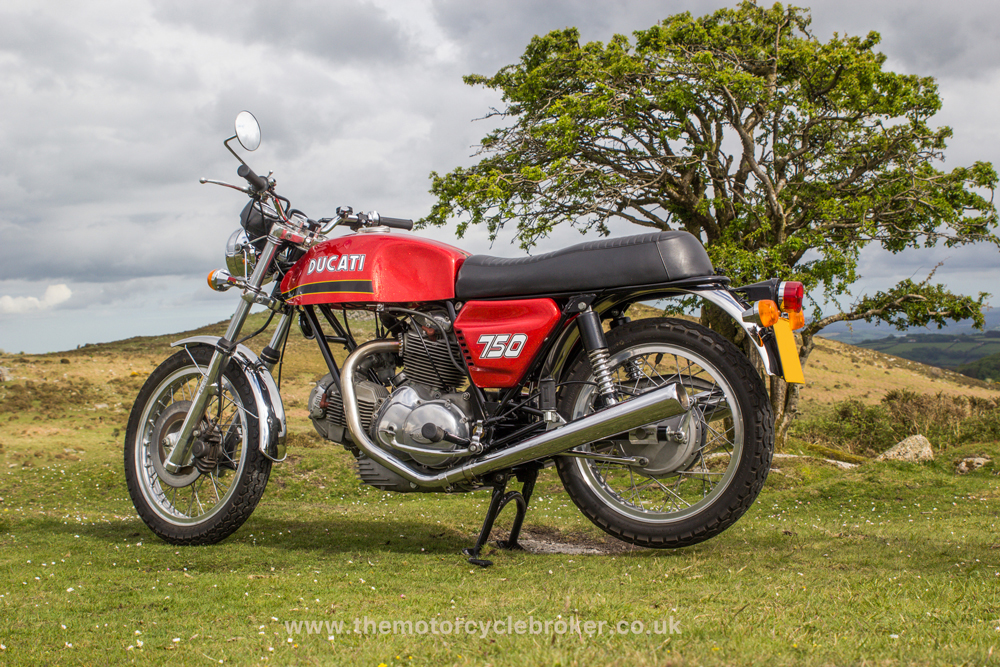
Ducati 750 Sport
Only 1625 of the Ducati 750 Sport were delivered between 1972 and 1974. Like the GT750, another 40 were produced for 1978 only. These were all orange, they had very sharp café racer styling and produced more power by using high compression slipper pistons and retained the conventional valve springs. The first series in 1972 was known as the Z Stripe, due to the large black Z stripe on the petrol tank. Like the Sandcast GT750, the Z Stripes command a very large premium, are regularly fakes and are almost impossible to find now as they are in very strong hands indeed. The 750 Sport was often raced, because they were extremely fast and handled beautifully, which seriously depleted the number of motorcycles available today. The Ducati 750 Sport was one of the finest sports motorcycles ever produced during this rich era of motorcycling, as you can read in my road test here.
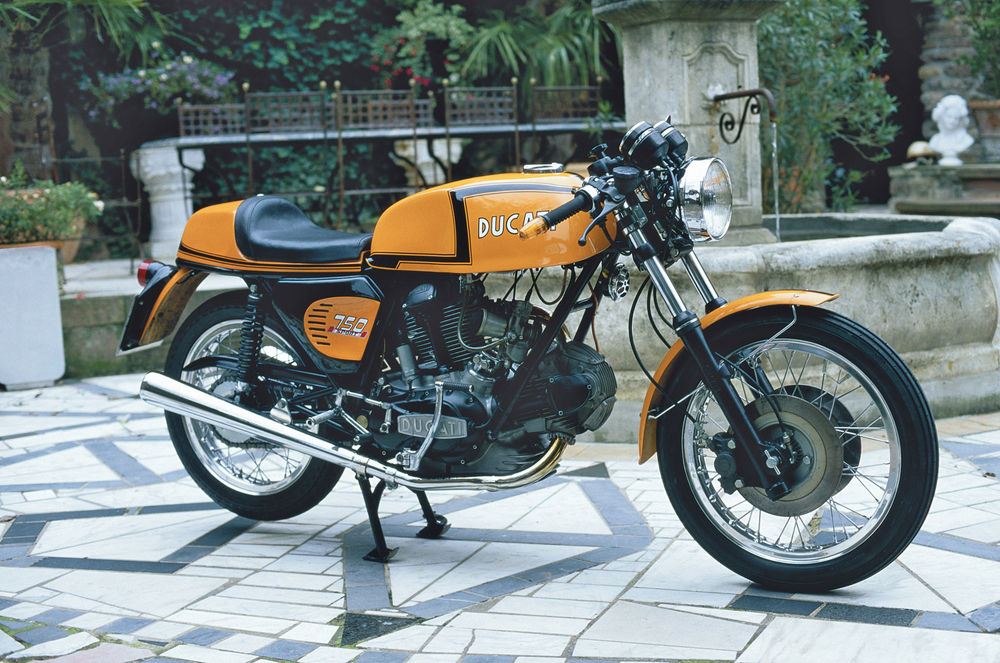
1974 Ducati 750SS Green Frame
Then there was the legendary 1974 Ducati 750SS Green Frame. Only 401 of these machines were built and they were to commemorate the Imola wins of 1972. They had some differences to the Sport and GT, although the engine was essentially the same round case, but they were the only round case machine to have Desmodromic valves. They also had upgraded con rods and 40mm Dellorto carbs instead of the 32mm the Sport wore. In reality there is not a hugely noticeable power difference between the Sport and the Green Frame, but the Sport is much quicker than the GT, although the GT is no slouch at all. Green frames are regularly faked and finding an investment grade example will easily be in the six figure mark and they are rapidly becoming more and more expensive if they’re genuine and investment grade examples. There are no bargain genuine investment grade Green Frames around and anyone wanting one will have to pay handsomely.
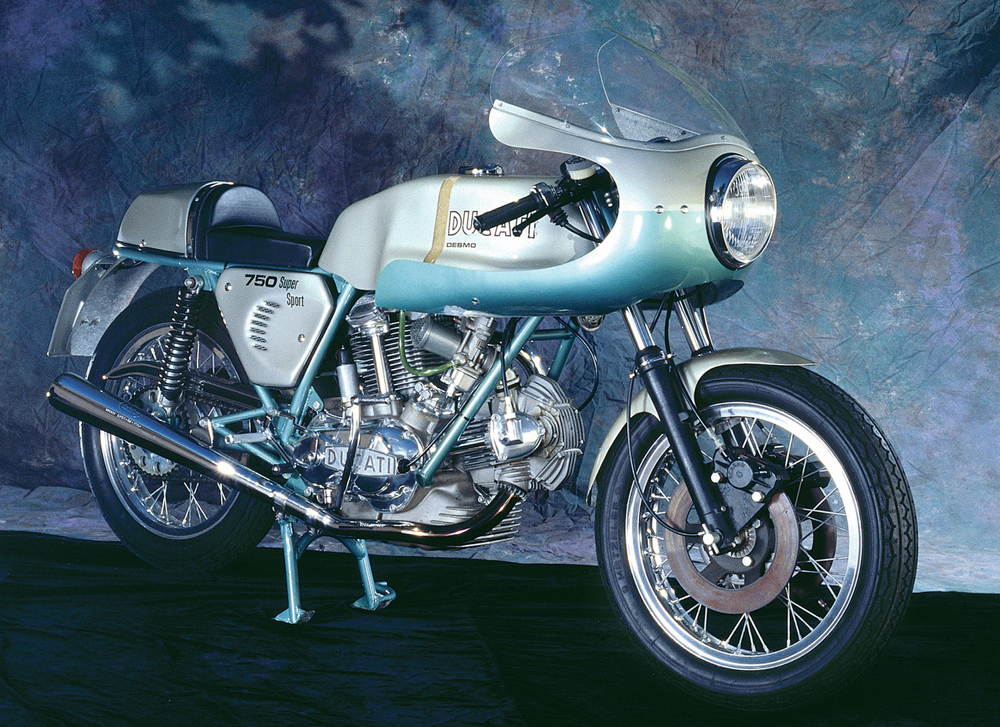
Expensive motorcycles to make
The round case range were very expensive motorcycles to make in the first place, as the motors alone took one and a half days to build new in the factory. I have a memory of reading an article in 1978 which said that Honda were building a complete CBX1000 motorcycle in 45 minutes! The shimming for the Ducati’s bottom and top of each bevel takes absolutely ages to get right and if it’s not done correctly the results can be catastrophic. In my interview with Ian Falloon you can hear about how there will never be a time again when motorcycles like the round case were built. You can see my interview with him here and he talks about this from about 3 minutes onwards. Ducati lost money of every single motorcycle they sold which was then written off as debt by the Italian government.
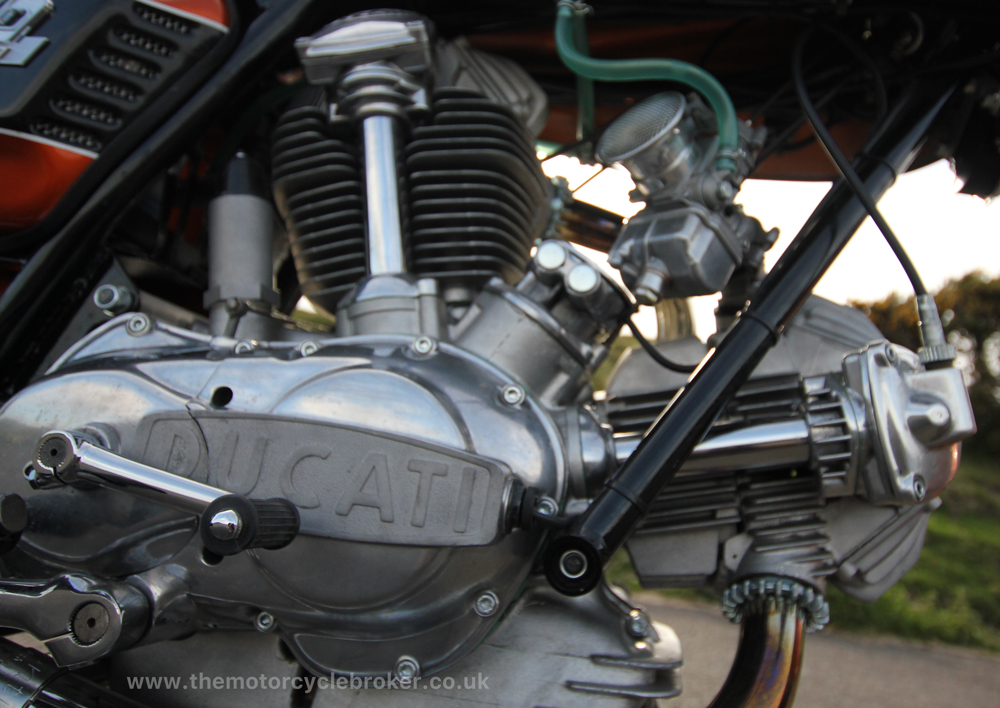
Investment grade round case Ducati
If you want an investment grade round case Ducati then call The Motorcycle Broker. All of these machines need a lot of work doing to them, no matter how pretty they look as you can read in this article here. Having the correct headlight, wheel rims and many other impossible to find and astronomically expensive parts is critical if you want your machine to increase in value. These are very rare classic Italian motorcycles which need authenticating, lots of work and setting up correctly. Once they are set up correctly they are a joy to own and ride and will seriously increase in value.
- Most collectible Ducati 916 SP - June 20, 2024
- Classic Motorcycles: To ride or not to ride? - June 17, 2024
- Classic Motorcycles: To ride or not to ride? - June 17, 2024




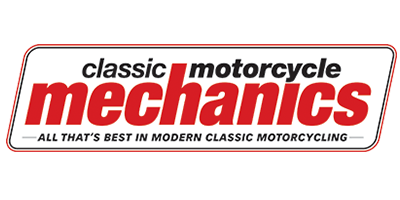



Leave a Reply